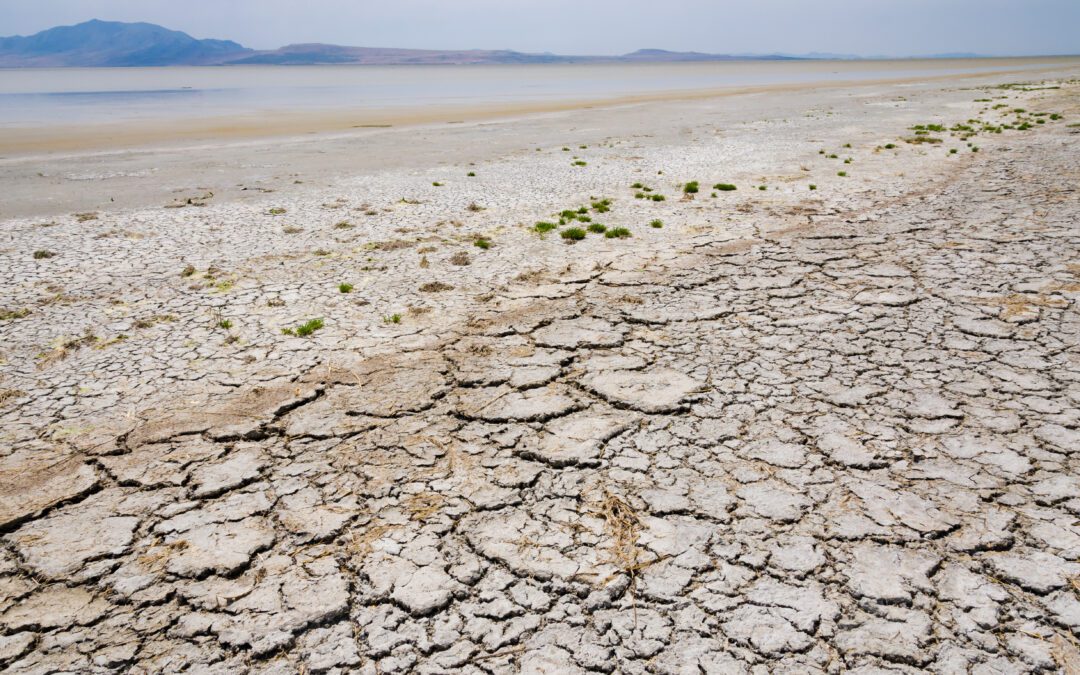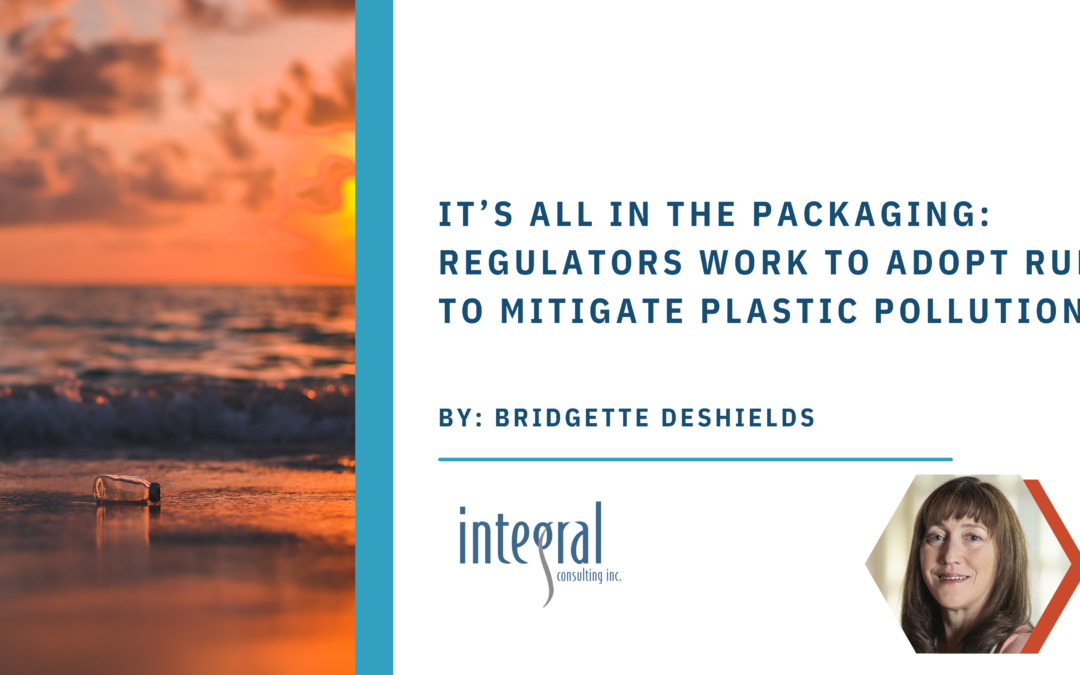EPA Releases Final Drinking Water Standards for PFAS Chemicals
On April 10, 2024, U.S. Environmental Protection Agency (EPA) announced its final National Primary Drinking Water Regulations for the following six per- and polyfluoroalkyl substances (PFAS): perfluorooctanoic acid (PFOA), perfluorooctane sulfonic acid (PFOS),...Understanding PFAS Volatility and Potential Impact on Indoor Air Quality
Recent peer reviewed studies have explored the potential for some per-and polyfluoroalkyl substances (PFAS) to volatilize from groundwater and soil and enter indoor air via the vapor intrusion (VI) pathway. This research is in its early stages, emphasizing the need...Supplemental Environmental Projects: Better than Money and Better Still When Incorporating Justice
Supplemental environmental projects (SEPs) provide one means of addressing environmental violations in alignment with the Biden Administration’s comprehensive environmental justice (EJ) strategy. SEPs were explicitly endorsed by Attorney General Merrick Garland as a...U.S. Department of the Interior Proposes Revisions to NRDA Regulation Type A Rule
On Friday, the U.S. Department of the Interior (DOI) announced proposed changes to certain methods used to assess natural resource damages for hazardous substance releases under the Comprehensive Environmental Response, Compensation and Liability Act of 1980 (CERCLA)...The Benthic Zone (January 2024 Edition): Integral’s Sediment Newsletter
 The Benthic Zone newsletter is the place where Integral scientists and engineers share their expertise, running the gamut of topics related to investigation, forensic evaluation, modeling, and remediation of contaminated sediment. Take a look under the water with us. ...
The Benthic Zone newsletter is the place where Integral scientists and engineers share their expertise, running the gamut of topics related to investigation, forensic evaluation, modeling, and remediation of contaminated sediment. Take a look under the water with us. ...
Vapor Intrusion Evaluation at a Daycare Facility in a Disadvantaged Community
 Poster presented at AEHS West Conference, March 20–23, 2023, San Diego, California In 2021, a daycare center serving a disadvantaged community in Oakland, California was closed due to concerns about potentially unsafe levels of volatile organic compounds in the...
Poster presented at AEHS West Conference, March 20–23, 2023, San Diego, California In 2021, a daycare center serving a disadvantaged community in Oakland, California was closed due to concerns about potentially unsafe levels of volatile organic compounds in the...
Use of SPI Technology to Quantitatively Evaluate the Effects of Carp Removal on Surface Sediment Conditions in a Michigan Lake
Additional contributions by Louise Venne (louise.venne@woodplc.com), Phil Pauquette (phil.pauquette@woodplc.com), and Cynthia Draper (cynthia.draper@woodplc.com) (Wood, Kennesaw, GA, USA) Poster presented at Battelle Sediments Conference, Jan 9-12, 2023, Austin,...Emergency Measures Needed to Rescue Great Salt Lake from Ongoing Collapse
 A group of more than 30 researchers and professionals—including R. Jeffrey Davis, principal in Integral’s water resource management practice—authored a report urging collective action to preserve the Great Salt Lake from catastrophic collapse. The report details the...
A group of more than 30 researchers and professionals—including R. Jeffrey Davis, principal in Integral’s water resource management practice—authored a report urging collective action to preserve the Great Salt Lake from catastrophic collapse. The report details the...
Permitting Constraints and Their Influence on Remedy Design
Additional contribution by Kathryn Purcell (Port of San Francisco) Poster presented at Battelle Sediments Conference, Jan 9-12, 2023, Austin, Texas Background/Objectives Policies and regulations that govern dredging, the placement of fill, and other in-water work...It’s All in the Packaging: Regulators Work to Adopt Rules to Mitigate Plastic Pollution
 It used to be all about glass—glass was too heavy, too expensive, and too dangerous to you or others if it fractured—so we invented plastics—strong, lightweight, less expensive. Half of all plastics ever made have been made in the last 17 years. It is estimated almost...
It used to be all about glass—glass was too heavy, too expensive, and too dangerous to you or others if it fractured—so we invented plastics—strong, lightweight, less expensive. Half of all plastics ever made have been made in the last 17 years. It is estimated almost...
